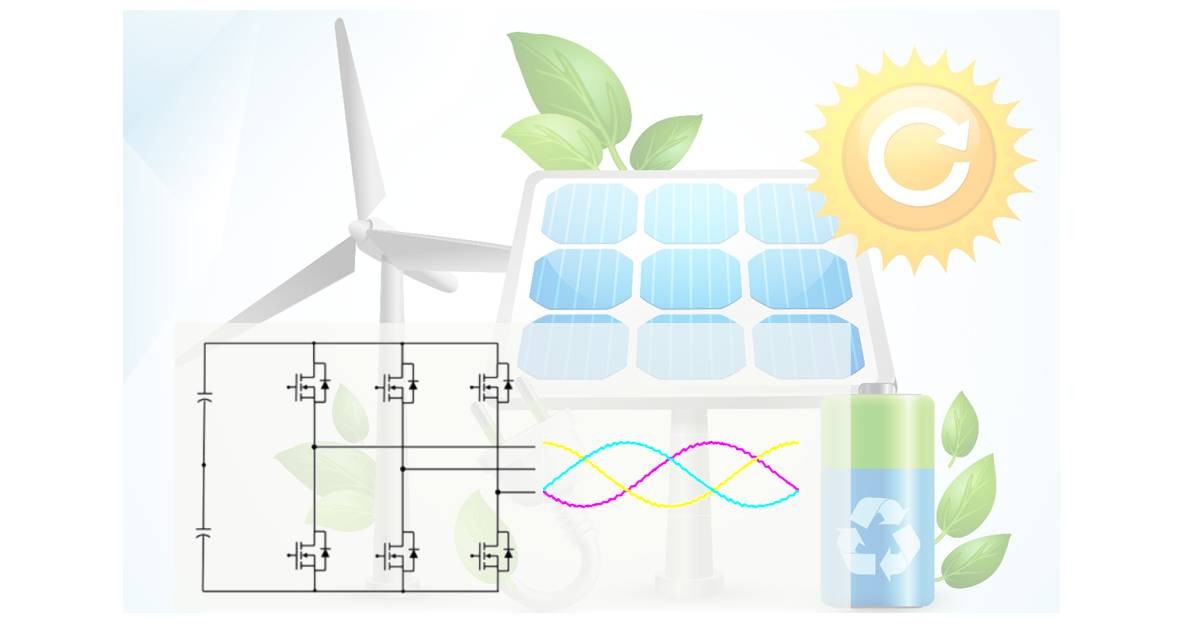Topic Editors


Power Converters, 2nd Volume

Topic Information
Dear Colleagues,
This Topic is a continuation of the previous successful Topic “Power Converters”.
Power converters are widely used in many applications, ranging from low-power to high-power electrical engineering. Researchers are very active in this broad field, where two research areas can typically be identified. First, new converter topologies and control strategies are proposed and investigated to improve power conversion performance. Second, since the switching frequencies of power converters are continuously increasing, typical issues concerning electromagnetic interferences are investigated.
Within the broad and interdisciplinary framework outlined above, this topic aims to collect high-quality contributions and recent advances potentially covering the whole range of power converter analyses and applications.
Dr. Diego Bellan
Dr. Jelena Loncarski
Topic Editors
Keywords
- power conversion topologies, modulation, and control
- high-power/voltage power conversion
- power converters for electric vehicles
- multilevel power converters
- bidirectional power converters
- power converters in renewable energy systems
- power converters in smart grid and utility applications
- automotive, aerospace, and transportation applications of power converters
- industrial, commercial, and residential applications of power converters
- low- and high-voltage DC power supplies
- uninterrupted power supplies
- power quality conditioners, HVDC converters and control
- EMC/EMI and HF phenomena
Participating Journals
| Journal Name | Impact Factor | CiteScore | Launched Year | First Decision (median) | APC | |
|---|---|---|---|---|---|---|

Energies
|
3.0 | 6.2 | 2008 | 17.5 Days | CHF 2600 | Submit |

Sustainability
|
3.3 | 6.8 | 2009 | 20 Days | CHF 2400 | Submit |

Electronics
|
2.6 | 5.3 | 2012 | 16.8 Days | CHF 2400 | Submit |

Designs
|
- | 3.9 | 2017 | 15.2 Days | CHF 1600 | Submit |

World Electric Vehicle Journal
|
2.6 | 4.5 | 2007 | 15.7 Days | CHF 1400 | Submit |

MDPI Topics is cooperating with Preprints.org and has built a direct connection between MDPI journals and Preprints.org. Authors are encouraged to enjoy the benefits by posting a preprint at Preprints.org prior to publication:
- Immediately share your ideas ahead of publication and establish your research priority;
- Protect your idea from being stolen with this time-stamped preprint article;
- Enhance the exposure and impact of your research;
- Receive feedback from your peers in advance;
- Have it indexed in Web of Science (Preprint Citation Index), Google Scholar, Crossref, SHARE, PrePubMed, Scilit and Europe PMC.
Related Topic
- Power Converters (24 articles)

